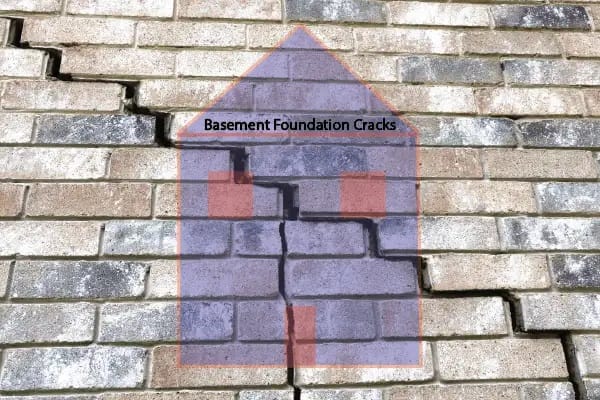Some Known Factual Statements About Best Basement Waterproofing
Some Known Factual Statements About Best Basement Waterproofing
Blog Article
5 Simple Techniques For Best Basement Waterproofing
Table of ContentsThe Definitive Guide to Best Basement WaterproofingBest Basement Waterproofing for DummiesThe 2-Minute Rule for Best Basement WaterproofingThe Only Guide to Best Basement WaterproofingBest Basement Waterproofing for Beginners
usages excavation methods toward all-time low of the framework's structure. involves removing wetness after it has entered the cellar. AdvantaClean's skilled specialists and professionals will situate the water source. If wall or piece fractures exist, we will inject polyurethane and epoxies right into the splits and seal the compromise, protecting against further dampness from getting in.Mounting basement ventilation systems, conditioning systems, or basement dehumidifier systems to get water out of your basement. Picking AdvantaClean's basement waterproofing services is a reliable means to treat moisture and prevent mold from jeopardizing the structure of your home and the wellness of your household.
If there's condensation on the exterior of the aluminum foil, you have high humidity in your basement. If the foil has condensation on the inside surface (next to the wall), the dirt around your residence may be naturally damp from a high water table or inadequate dirt drainage.
You can waterproof simply your indoor wall surfaces, which might address the issue. Once they dry, they stick permanently to concrete and masonry wall surfaces.
A Biased View of Best Basement Waterproofing
Concrete waterproof coatings can't be used to formerly repainted surface areas; check the label. Recognized as densifiers, they are suitable just for walls that haven't been repainted or sealed.
But you clean, roll, or spray it on far more thickly one gallon covers simply 75 square feet, not the 300 square feet common with standard paint. Waterproof paint is great for DIY application. You can apply it over repainted surfaces, and paint over it once it's cured (one gallon costs $37).
It can set you back $10,000 to $15,000, depending on the job required (Best Basement Waterproofing). Exterior waterproofing involves digging deep into all around the home to the full deepness of the structure wall surfaces, then mounting a water-proof covering or membrane layer covered by drainage panels.
What Does Best Basement Waterproofing Do?
A basement without waterproofing is kind of like that. Your cellar doesn't desire to go with a rainstorm without proper protection just as much as you do not want to.
Exterior waterproofing is a waterproofing method that entails sealing your home from the exterior. The structure wall surfaces are then cleaned, sealed, and covered with a waterproof membrane or sealer.

The Greatest Guide To Best Basement Waterproofing
It's a more engaged process that needs excavating up your backyard, which is costly and time-consuming. Exterior waterproofing entails removing everything surrounding your house, including decks, driveways, pathways, landscaping, AC systems, decks, and so forth. If any of the job was done improperly and water is still entering your cellar, there isn't much you can do to fix or fix it.
Interior pop over to these guys cellar waterproofing includes waterproofing from the within. Any kind of water that leaks into your cellar is rerouted prior to it touches your flooring.
It's an effective technique to water-proof your cellar. The downside of indoor basement waterproofing mostly concerns the installation process. This technique requires kept things, furniture, and integrated shelving or closets to be moved from touching the cellar wall surfaces. And during installment, your cellar can not be used. The biggest distinction in between the two techniques is this: Exterior waterproofing is a preventative option and interior waterproofing is a corrective option.
The Single Strategy To Use For Best Basement Waterproofing
To conclude, exterior and interior cellar waterproofing are both reliable techniques of shielding your home from water damages. Outside waterproofing develops a barrier that avoids water from entering your home, while indoor waterproofing redirects water that does enter your home. And it is necessary to keep in mind that outside waterproofing is a costly and disruptive installation process when compared to interior waterproofing.
Whichever technique you choose, make certain you pick a reputable and reliable contractor for the task. If you have any kind of questions regarding cellar waterproofing, please reach out to us.
You can fill in our kind here. Best Basement Waterproofing, start a chat in the bottom right-hand corner, or call us at 1-800-827-0702
Report this page